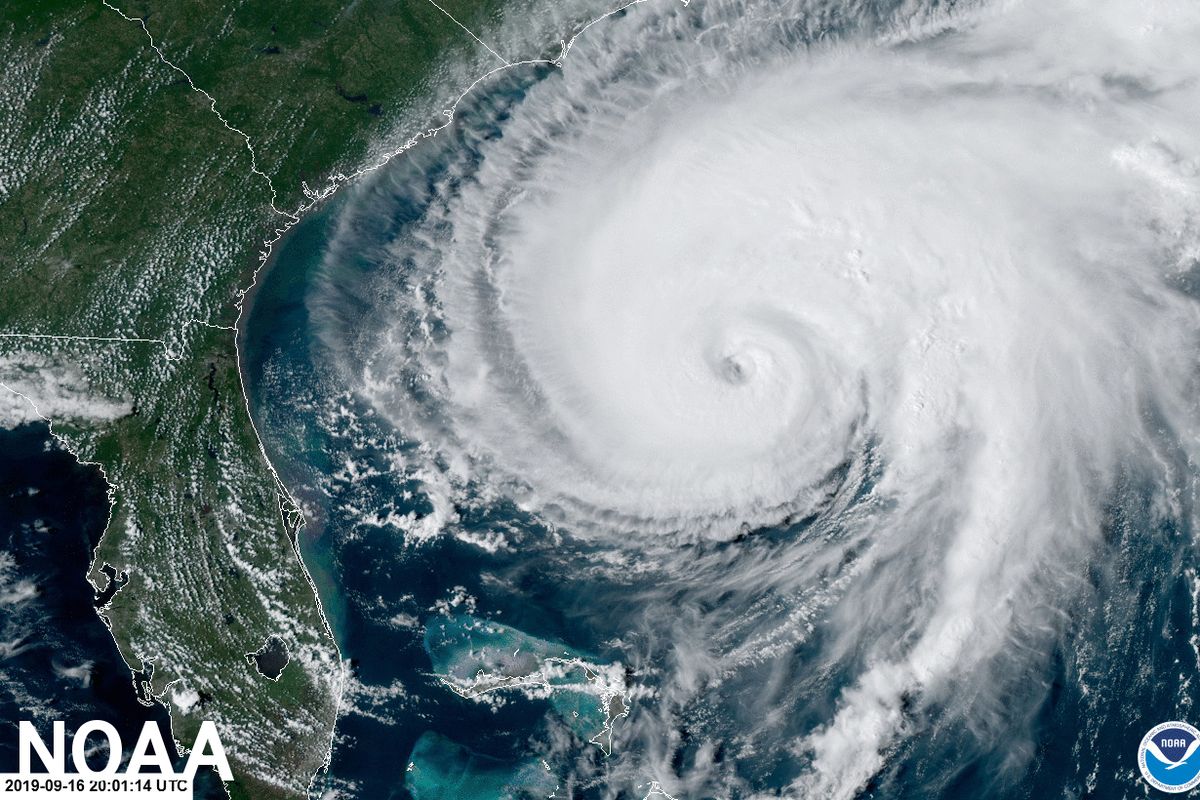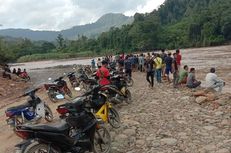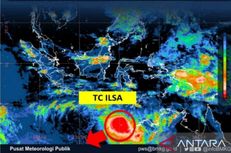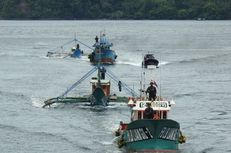Six People Killed in Philippine Typhoon

State weather forecaster Ana Laurel said Noru brought less rain and moved faster compared to other destructive typhoons that have hit the Philippines.
“It all depends on the interplay of the weather systems. Each typhoon has its own characteristics,” Laurel explained.
Also read: Hundreds of Aftershocks Shake Earthquake-Hit Northern Philippines
Aerial footage taken during Marcos’s inspection flight over central Luzon showed rivers that were swollen or had burst their banks and patches of farmland under water.
Officials estimate about 141 million pesos ($2.4 million) worth of crops were damaged.
National disaster agency spokesperson Rafaelito Alejandro described the storm's impact as “very minimal”.
Marcos said preparations for the storm helped.
“You might think that we overdid it. There is no such thing as overkill when it comes to disasters,” he said.
The wind was whistling
The Polillo Islands bore the brunt of Noru with storm surges blamed for flooding coastal communities.
“The wind was whistling and it had heavy rains,” said Ervin Calleja, a 49-year-old teacher in Burdeos municipality.
Ferocious winds ripped off roofs and brought down large trees. Some crops were wiped out.
“Here at the town center all banana trees were flattened, 100 percent,” said Liezel Calusin, a member of the civil defense team in Polillo municipality.
“We still have no electricity, but the phones are working.”
In Banaba village near Manila, Terrence Reyes fled his riverside home with his family and neighbors as floodwaters rose during the storm.
They returned home Monday to find their belongings sodden and caked in mud.
“We just have to throw them away and start over again,” Reyes, 25, said.
The Philippines -- ranked among the most vulnerable nations to the impacts of climate change -- is hit by an average of 20 storms every year.
Source: Agence France-Presse
Simak breaking news dan berita pilihan kami langsung di ponselmu. Pilih saluran andalanmu akses berita Kompas.com WhatsApp Channel : https://www.whatsapp.com/channel/0029VaFPbedBPzjZrk13HO3D. Pastikan kamu sudah install aplikasi WhatsApp ya.































